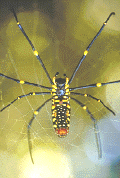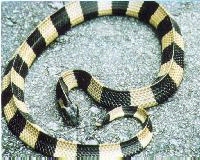 |
| Category: The Enemy |

|
|
|
|
|
| When a soldier walks into the
jungle it is not only the human enemy that he has to beware of. Below
are some of the dangerous, even deadly, non-human enemies. |
|
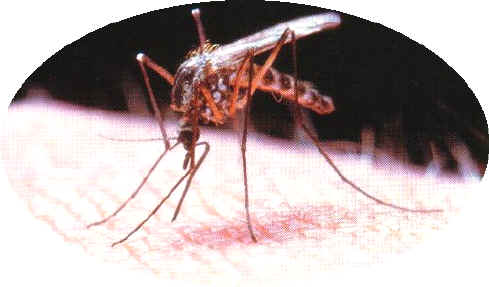
|
| Only
female mosquitoes
require a blood meal (protein) and bite animals – warm or cold blooded
– and birds. Stimuli that influence biting (blood feeding) include a
combination of carbon dioxide, temperature, moisture, smell, colour and
movement. Male mosquitoes do not bite, but feed on the nectar of flowers
or other suitable sugar source. Acquiring a blood meal, i.e., protein, is
essential for egg production, but mostly both male and female mosquitoes
are nectar feeders. Mosquitoes are capable of transmitting diseases such
as malaria, yellow fever, dengue
fever, filariasis, encephalitis and West Nile virus
to humans and animals. |
 |
In
a leech
a small sucker, which contains the mouth, is at the head end; a large
sucker is at the posterior end.
The length of the body ranges from
minute to about 20 cm (8 inches). Leeches occur primarily in freshwater
and on land. True land leeches feed only
on the blood of mammals.
Three jaws set
with sharp teeth make a Y-shaped incision in the flesh. The leech's
saliva contains substances that anaesthetize the wound area, dilate the
blood vessels to increase blood flow, and prevent the blood from
clotting.
Land leeches await their victim in damp
vegetation, poising one end in the air. The victim is often unaware that
he has been bitten until blood is discovered running from the wound;
blood flow may continue because of the anticoagulant still present. Several
soldiers have had leeches enter their body through the penis.
|


|
 |
Vipers
can be identified by the triangular shape of the head, as seen in this
photograph of a Wagler's
Pit Viper taken
in Ulu Temburong National Park, Brunei, Borneo. As with other vipers,
this species has haemotoxic venom, meaning it is poisonous to the blood
system. The term "pit viper" refers to heat-sensing
"pits" which occur on each cheek - these are used to locate
prey. This nocturnal species rests high in the trees during daytime and
is well camouflaged. Maximum Size : One metre. Poisonous,
sometimes fatal. |
 |
 |
 |
| Oriental
Coral Snake |
White-lipped
Tree Viper |
Malayan
or Blue Krait |
|
|
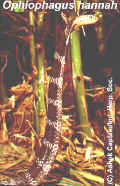 KING
Cobra, grows up to 20 feet (6 metres) long. One of the most venomous
snakes in Asia KING
Cobra, grows up to 20 feet (6 metres) long. One of the most venomous
snakes in Asia
|

Forest snake |
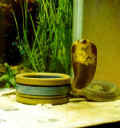
Hooded Cobra |
|
All of the snakes above
are common all through South East Asia. ALL are poisonous and most are
potentially fatal. However the ones pictured here only represent about a third of the
dangerous species that exist in the area. |
 |
|
This photo of a
scorpion was taken by Andy Mattay of 7RAR |
|






